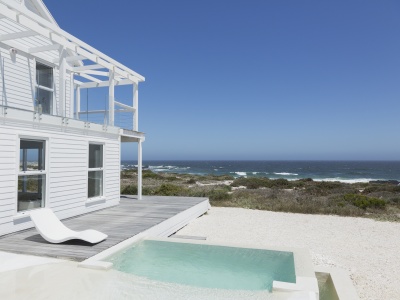By Michelle Wilson, Associate Solicitor Argon Law
Purchasing a property is a significant milestone for most individuals, often representing one of the largest financial investments in their lifetime. However, it's crucial to ensure that the legal aspects are well-considered and that potential future risks are mitigated.
This is especially true for blended families and their future estate planning as they face unique challenges and opportunities when acquiring property.
How Many Australians are in Blended Families?
The 2021 Census revealed that 12% of couple families with dependent children in Australia were classified as either step- or blended families. This statistic continues to exhibit an upward trend when compared to data from previous censuses.
As the prevalence of blended families increases it becomes even more imperative to ensure that the legal framework for property ownership is established correctly to address all possible scenarios.

Property Ownership Structures for Blended Families
When two people decide to purchase a property as individuals, they have two primary options for structuring their ownership: joint tenants and tenants in common. It’s important that blended families carefully consider which ownership structure and in what manner works for them and their estate planning.
Joint Tenants
This is the most common ownership structure, where both parties each own an equal share (50/50 share), of the property. In the event that one of the joint tenants passes away, their share automatically transfers to the surviving joint owner. While this arrangement offers a streamlined process, it may not be suitable for blended families with complex beneficiary arrangements.
Tenants in Common
Under this alternative ownership structure, co-owners own specific shares of the property, in equal or unequal proportions. If a co-owner passes away, their share becomes part of their estate, allowing them to specify beneficiaries in their Will. The ownership structure needs to be carefully considered in the context of blended families.
Consideration could also be given to granting your spouse a right to reside or life tenancy which would enable them to reside in the property until a certain time or their passing. Following the expiration of the right or the tenancy, the property could pass to alternate beneficiaries pursuant to your Will.
How Will Your Blended Family Structure Its Property Ownership?
Purchasing property as a blended family in Queensland requires careful consideration of the legislation that governs ownership and the distribution of assets. As the number of blended families in Australia continues to rise, ensuring the appropriate legal framework is in place becomes increasingly vital.
By choosing the right ownership structure, and considering and utilising the appropriate estate planning tools, you can protect your assets, provide for your loved ones, and ensure that your property is passed on according to your wishes.
Consulting with a legal professional experienced in this area will provide you with the necessary guidance to make the best decisions for your unique circumstances. Get in touch with the Argon Law team if you’re interested in purchasing property or estate planning for your blended family and download our free guide to Wills & Estate Planning.



